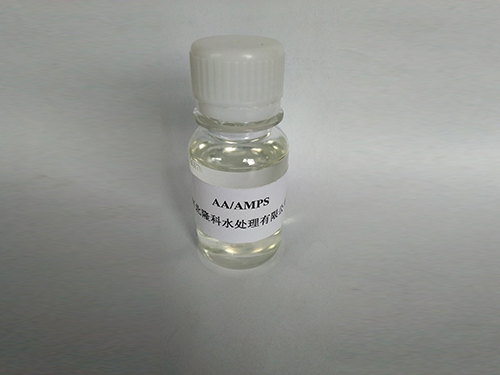polyacrylamide production
Understanding Polyacrylamide Production A Comprehensive Overview
Polyacrylamide (PAM) is a versatile synthetic polymer used in various applications, ranging from water treatment to agriculture and beyond. It plays a crucial role in enhancing the efficiency of processes in numerous industries. As the demand for polyacrylamide continues to rise due to its multifaceted applications, understanding its production process becomes essential.
What is Polyacrylamide?
Polyacrylamide is formed through the polymerization of acrylamide monomers. It exists in various forms, including anionic, cationic, and non-ionic, which dictate its specific applications. The different types are used depending on the requirements of the process, such as the type of wastewater being treated or the soil condition in agriculture.
The Production Process
The production of polyacrylamide primarily involves the following steps
1. Synthesis of Acrylamide The production of polyacrylamide starts with the synthesis of acrylamide monomer. Acrylamide is generally produced through the hydrolysis of acrylonitrile, using ammonia and water. This step is crucial, as the purity and quality of acrylamide directly influence the properties of the resulting polyacrylamide.
2. Polymerization Once acrylamide is synthesized, the next step is polymerization. This can be achieved through several methods, including free radical polymerization, which is the most commonly used technique. During this process, a polymerization initiator is introduced, leading to the formation of free radicals. These radicals react with acrylamide monomers, causing them to link together and form long chains, ultimately resulting in the formation of polyacrylamide.
3. Post-Polymerization Processing After polymerization, the product must be purified and dried. Techniques like precipitation, filtration, and drying ensure that the final polyacrylamide product is free of unreacted monomers and impurities. This step is crucial, especially for applications in water treatment, where any residual acrylamide can be harmful.
4. Formulation Depending on the intended use, polyacrylamide can be modified to enhance its properties. This can involve blending with other chemicals or adjusting its molecular weight. The final product may be presented in different forms, such as powders or granules, to facilitate application.
polyacrylamide production

Applications of Polyacrylamide
Polyacrylamide's versatility stems from its wide range of applications across various industries
- Water Treatment PAM is extensively used as a flocculant in the treatment of drinking water and wastewater. It helps in the aggregation of particles, making it easier to remove impurities.
- Agriculture In agricultural settings, polyacrylamide aids in soil erosion control and water conservation. It improves soil structure and moisture retention, thereby enhancing crop yield.
- Oil Recovery In the oil industry, polyacrylamide is used in enhanced oil recovery processes, where it helps to increase the viscosity of water, improving oil displacement during extraction.
- Paper Industry It is utilized in the paper industry as a dry strength agent and retention aid, helping to improve the quality of paper and reduce the consumption of fibers.
Environmental Considerations
While polyacrylamide is highly beneficial, its production and use must be managed responsibly to minimize environmental impact. The production process must adhere to safety standards to prevent the release of harmful chemicals. Furthermore, biodegradability is a concern; thus, researchers are exploring ways to develop more eco-friendly alternatives that maintain the efficiency of traditional polyacrylamide.
Conclusion
The production of polyacrylamide is a complex but vital process that contributes significantly to various industries, proving its importance in modern applications. As research continues to advance, the potential for new and improved forms of polyacrylamide will likely expand, offering innovative solutions to both environmental and industrial challenges. Understanding its production not only illuminates its significance but also underscores the necessity for sustainable practices in its manufacturing and application.
-
Understanding Polycarboxylic Acids: Properties, Applications, and Future PotentialNewsJul.28,2025
-
Scale Inhibitor Explained: How to Protect Your System from Limescale and Hard Water DamageNewsJul.28,2025
-
Scale and Corrosion Inhibitors: Essential Chemicals for Industrial Water System ProtectionNewsJul.28,2025
-
Polyaspartic Acid: A Biodegradable Polymer for Sustainable ChemistryNewsJul.28,2025
-
Isothiazolinones: A Versatile Antimicrobial Class with Industrial Power and Regulatory ChallengesNewsJul.28,2025
-
A Deep Dive into 2-Phosphonobutane-1,2,4-Tricarboxylic Acid (PBTC)NewsJul.28,2025





